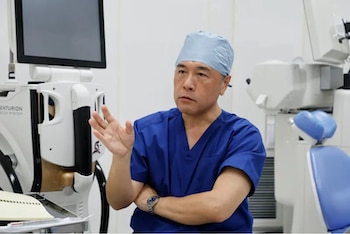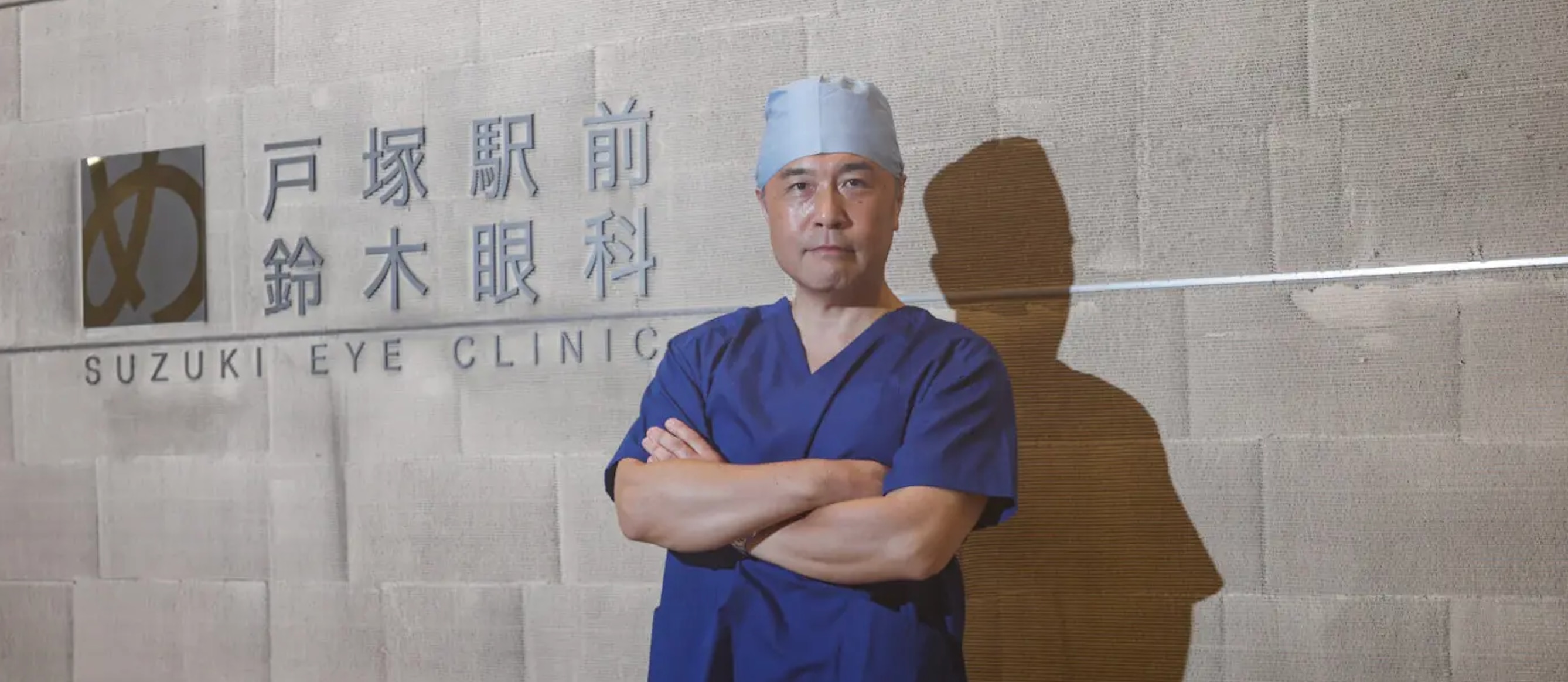
Is “Multifocal Intraocular Lens” Already Outdated? Introducing the Next-Generation Surgery “LAPIC” for Treating Cataracts and Presbyopia at the Same Time
Is “Multifocal Intraocular Lens” Already Outdated?
Introducing the Next-Generation Surgery “LAPIC” for Treating Cataracts and Presbyopia at the Same Time
What is 「LAPIC」?.
Have you ever heard the term LAPIC (pronounced “Ray-pic” or “Lay-pic”)?
It stands for Laser Assisted Presbyopia-Correcting IOL Cataract surgery — a cataract surgery that uses a presbyopia-correcting intraocular lens (PC IOL) with the assistance of a laser.
In simple terms, it’s a cutting-edge eye surgery that can treat both cataracts and presbyopia at the same time.
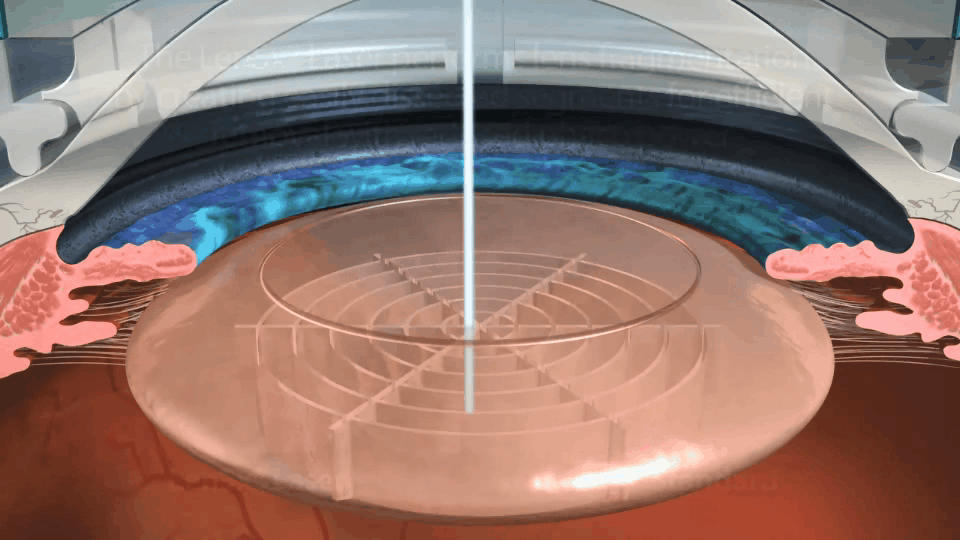
Introducing the New Concept: Presbyopia-Correcting Intraocular Lens (PC IOL)
In Japan, the term “multifocal intraocular lens” is still widely used, but internationally, “PC IOL” is the standard term. In fact, in most cases, the Japanese “multifocal intraocular lens” is essentially equivalent to the global term PC IOL.
Now that cataract surgery is not only about “removing the cloudy lens” but also about “correcting presbyopia,” it may be time to update our terminology.
Reference: The Japanese Journal of Cataract & Refractive Surgery, Vol.36, pp.12–17, 2024 — Hiroko Bissen-Miyajima, “A New Perspective on Presbyopia-Correcting IOLs”
“As extended depth of focus and accommodating lenses evolve and demand increases, we may need to reconsider whether the term ‘multifocal’ is still appropriate.”
From “Multifocal” to “Presbyopia-Correcting”: A Shift Toward Visual Quality
Read the Wall Street Journal interview with Dr. Takayoshi Suzuki, Director of the Suzuki Eye Clinic Group, on advancing quality of life through multifocal intraocular lens surgery.
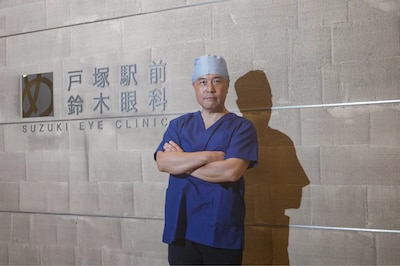
In Japan, multifocal IOLs have long been known for their revolutionary ability to provide both near and distance vision. However, they came with certain challenges, such as:
Nighttime glare and halos
Slightly weaker intermediate vision
An adaptation period before comfortable vision is achieved
In recent years, new designs like Extended Depth of Focus (EDOF) and hybrid lenses have emerged, focusing more on the quality of vision. This has led to the growing use of the term “Presbyopia-Correcting IOL (PC IOL).”
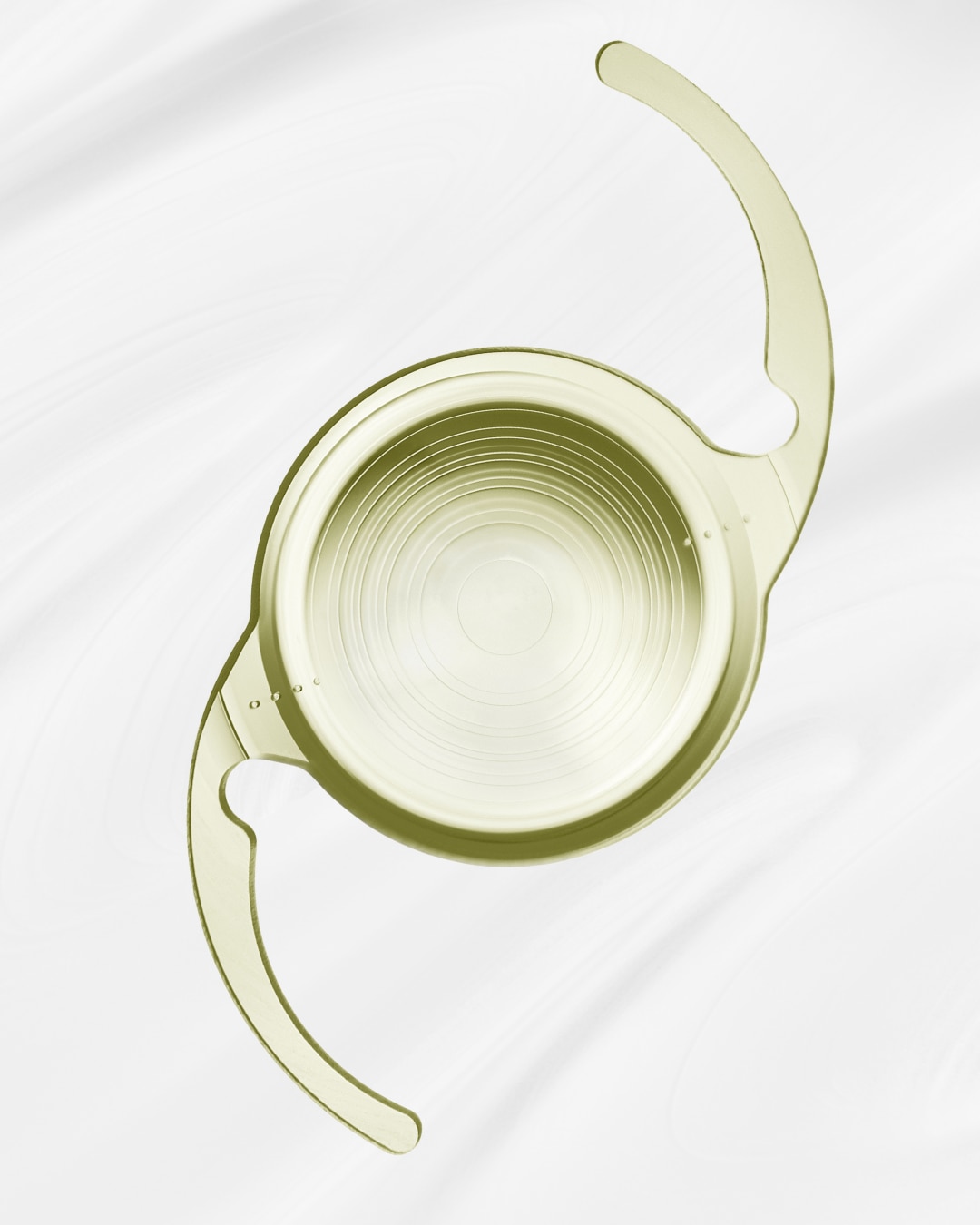
Main Types of PC IOL
Multifocal type (e.g., PanOptix, Gemetric)
→ Covers near, intermediate, and far distances, ideal for those seeking a glasses-free lifestyle.Extended Depth of Focus (EDOF) (e.g., Symfony, Vivity)
→ Strong in intermediate vision, recommended for those who value high-quality vision, especially for night driving.Hybrid type (e.g., Odyssey, Synergy)
→ Enhanced intermediate to near vision, suitable for frequent reading and computer work.
Presbyopia-Correcting Intraocular Lenses | |
Multifocal | Bifocal |
Trifocal | |
Refractive Type | |
Extended Depth of Focus (EDOF) | |
Accommodative Type | |
Three Reasons Why LAPIC is Called a “Next-Generation Surgery”
1. Treats Both Presbyopia and Cataracts at the Same Time
2. Laser Assistance for High Precision and Safety
Using a femtosecond laser for corneal incisions, capsulotomy, and lens fragmentation allows:
Stable and accurate lens positioning
Reduced variability in postoperative vision
Increased surgical safety and lower complication risk
3. Freedom to Choose the Best Lens for Your Lifestyle
Patient Voices (Selected)
Here, we share selected voices from patients who have undergone LAPIC at our clinic. Through their genuine words, you can get a sense of the changes they experienced after surgery.
Patient Voices (Selected)
“It feels like I have my old eyes back.” (T, 55, hairstylist) — No longer needs to remove glasses for work, enjoys golf and client interactions again.
“The joy of seeing clearly without glasses.” (M, 50s, male) — Reads small print and drives comfortably without glasses.
“A new weapon in life.” (I, 50s, female) — Freed from carrying reading glasses, stress greatly reduced.
“Life-changing surgery.” (K.O, 50s, female) — Works and drives without visual strain, even in emergencies.
“A turning point in my life.” (Y.E, 50s, female) — Feels younger, more confident, says the cost was worth it.
“My work precision improved.” (H.S, 50, male) — Gardening work is easier without lens distortion, enjoys fashion eyewear.
“Freedom! No more reading glasses.” (K.N, 55, female) — Works as a nurse without inconvenience, enjoys travel and sports.
“Clear vision, comfortable life.” (N.G, 55, male) — Can read diagrams and umpire baseball games without glasses.
Summary
LAPIC is one of the most effective and satisfying solutions for those struggling with both cataracts and presbyopia. It’s a way to face age-related vision changes positively — and to see the world clearly with your natural eyes again.
Read the Wall Street Journal interview with Dr. Takayoshi Suzuki, Director of the Suzuki Eye Clinic Group, on advancing quality of life through multifocal intraocular lens surgery.
